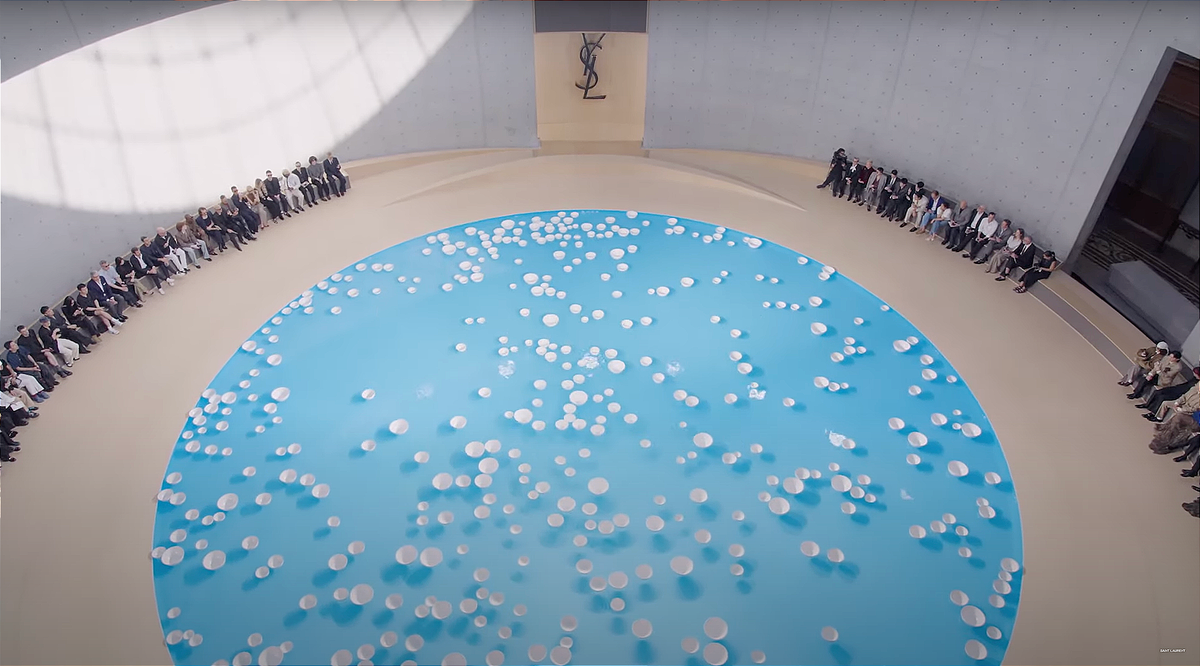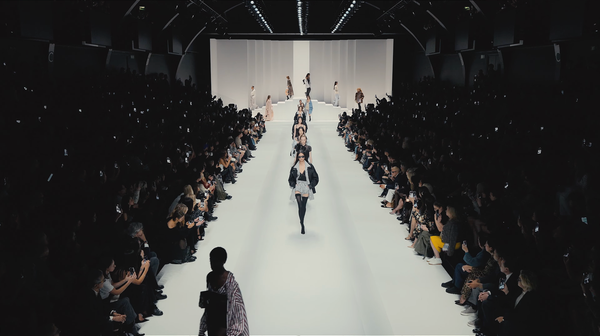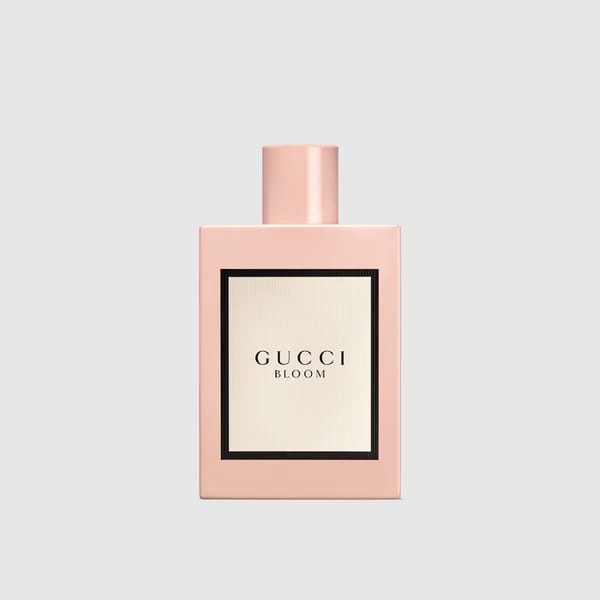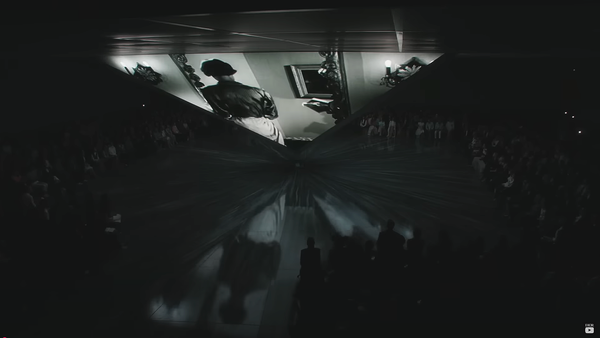Schiaparelli—Designed for the Future
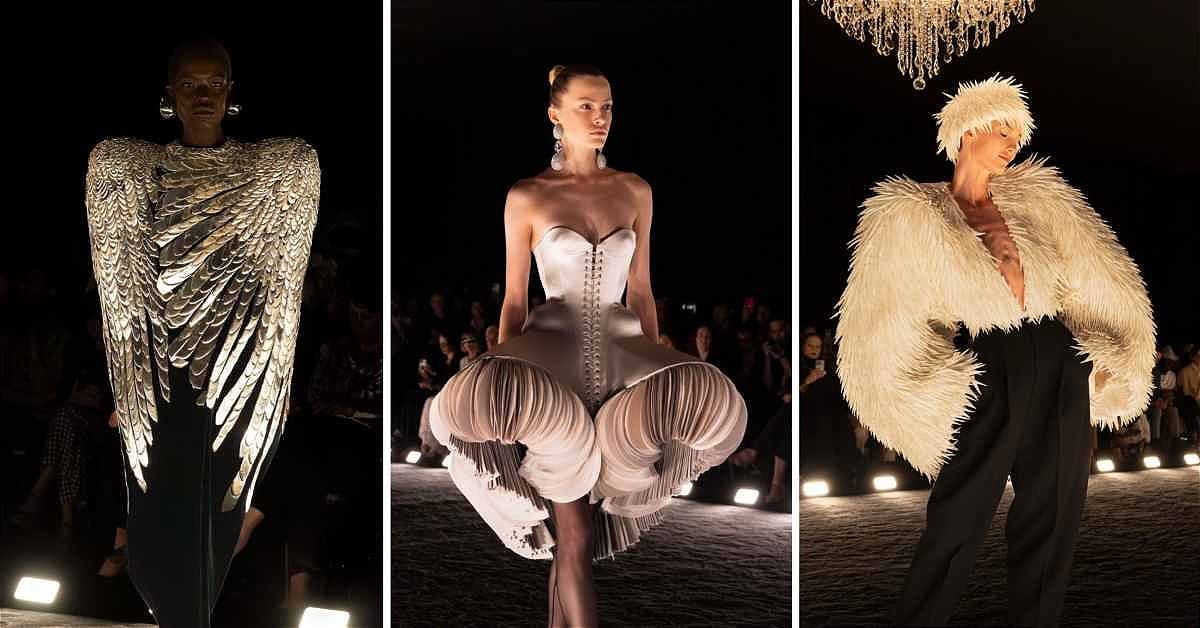
Built on legacy and surrealism—can Schiaparelli truly be designed for the future?
Origins & Artistic Legacy
Founded in 1927 by Elsa Schiaparelli, Maison Schiaparelli redefined fashion by merging art and apparel—specifically surrealism and sculpture. The house’s avant-garde contributions flourished until its bankruptcy in 1954, after which it pivoted to fragrances only.

The haute couture house was reborn in 2014 under Marco Zanini. Shortly thereafter, Bertrand Guyon—and eventually Daniel Roseberry (since 2019)—stepped in as creative directors who would fully resurrect its imaginative legacy. Wikipedia
Core Identity
Schiaparelli has always stood for:
- Artistic expression through fashion
- Inventive boldness and surrealism
- A fusion of art, fashion, and emotional intellect
- A deep dedication to empowering women's expression through imaginative couture
These ideals remain active pillars under Roseberry’s direction—especially through the emotional resonance embedded into each structural garment.
Recent Evolution & Achievements
- Schiaparelli’s 2025 haute couture shows, including Spring/Summer “Icarus” and Fall/Winter “Back to the Future”, were held at the Petit Palais—a symbolic anchor for couture history and innovation. vmagazine
- The “Icarus” Spring/Summer '25 show celebrated dreamlike texture and duality via ostrich feathers, sculptural silk gazar, and dramatic color gradients.
- Back to the Future Fall/Winter '25 explored archival influence in black and white, merging historical silhouettes with modern tailoring and subtle anatomical motifs. schiaparelli
- Roseberry’s sculptural accessories—like the mechanical “beating heart” necklace, starburst capes, and keyhole trompe l’oeil details—have amplified Schiaparelli in headlines and museum exhibitions.
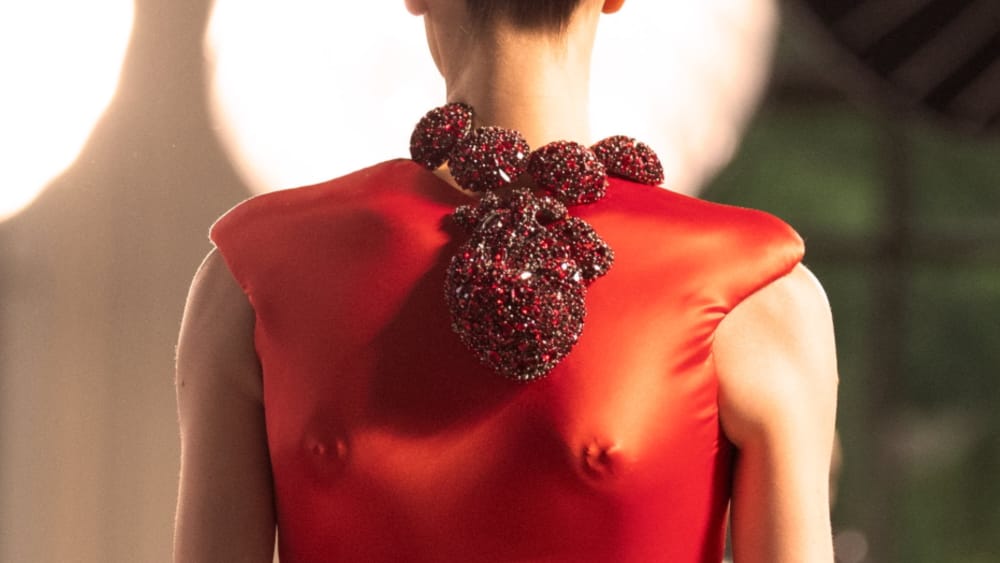
Craftsmanship & Artistic Expression
Each collection is a workshop of fantasy and form, made evident in:
- Intricate embroidery: Swiss dots stitched on satin, sculpted matador saddles reimagined in fabric.
- Textural experimentation: glycerin-treated feathers, metallic bias pleats.
- Tailoring with psychological intent: silhouettes shaped to convey softness, paradox, and emotional presence.
These elements reinstate the house’s focus on wearable art—not imitation—echoing Elsa’s belief that fashion could speak to art more than practicality.
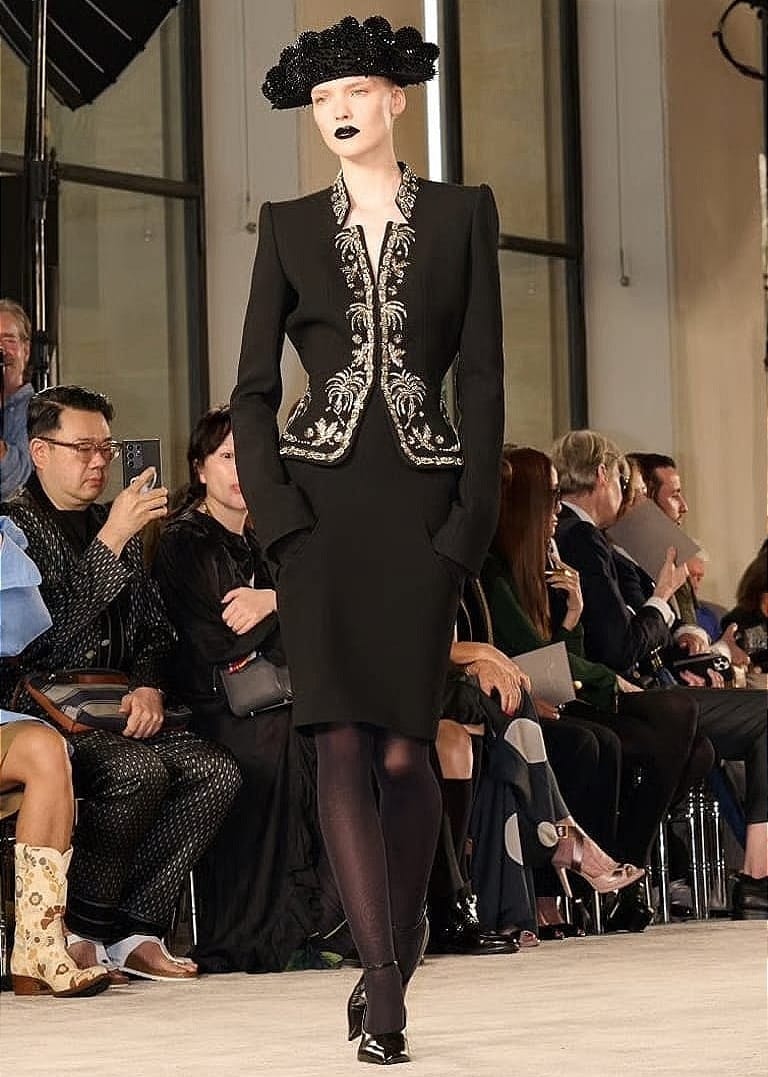
What Schiaparelli Does Best: Reinvention with Depth
- Legacy-driven modernity: The collections dive deep into Elsa’s archive while projecting thoughtful couture into the future.
- Surrealism—not as a gimmick: Visual motifs—eyes, hearts, mathematical shapes—are not ploys for high-quality presentations, but coded internal messages.
- Craft-intensive luxury: From couture execution to refined materials, every seam, bead, and fold is purposeful and handcrafted.
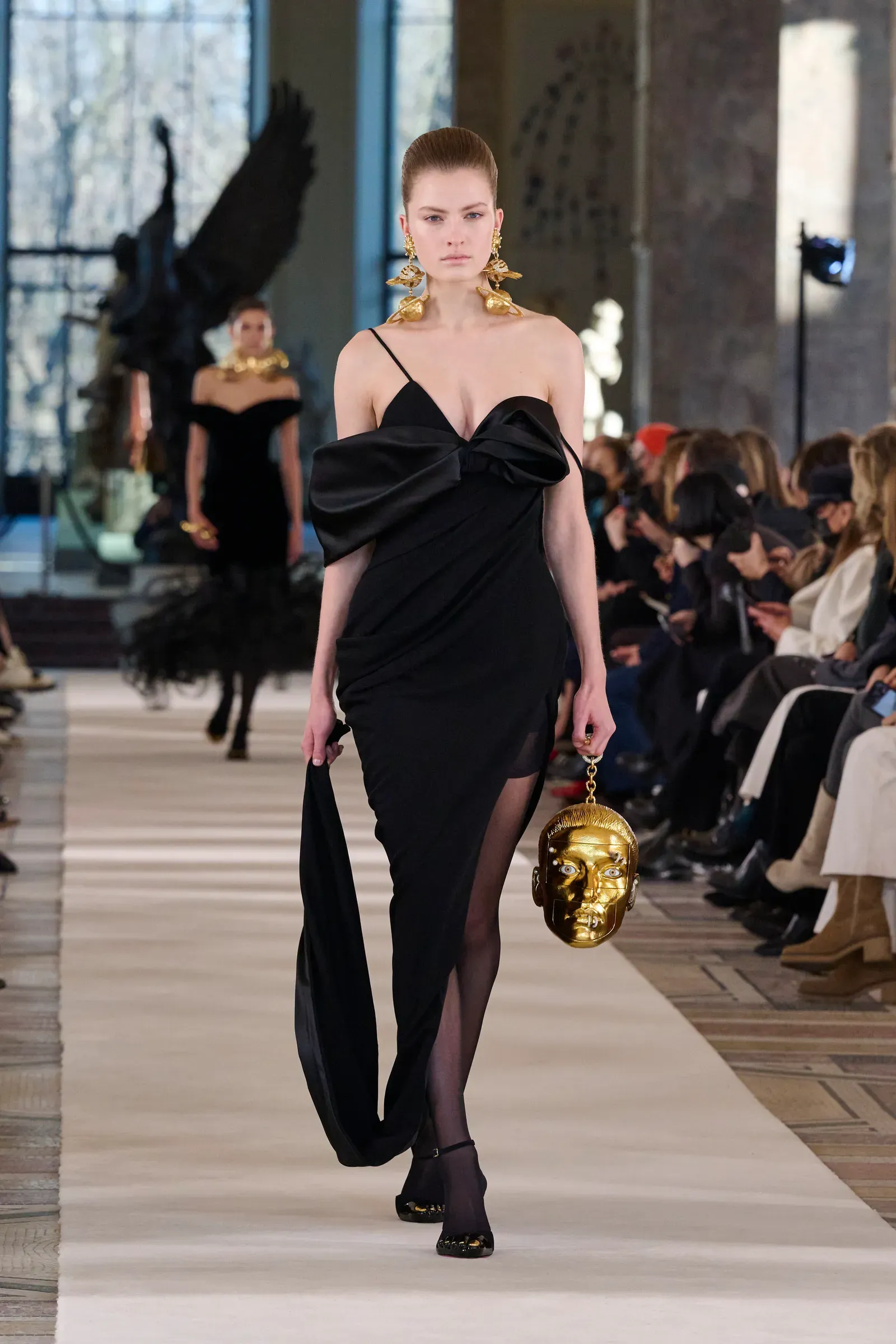
Looking Ahead: Restructuring Creation
As Schiaparelli expands globally and continues its couture-first identity, its next challenging is commercial interpretation:
How will these unique signatures evolve into ready-to-wear, fragrances, or future luxury categories?
During the Fall 2025 Couture show, Roseberry hinted at a restructuring that goes beyond just design—suggesting reshaping the process of creation itself. wmagazine
Schiaparelli wears its surrealist legacy like armor—but its true power lies in reinvention. Under Roseberry, the house remains one of fashion’s most purposeful laboratories: a place where myth meets material, and where historical fragments are transformed into walking art.
In the quiet, crafted tension between heritage and innovation, Schiaparelli continues to frame fashion for a specific, surreal future.

[Previous Revision] - YSL Men's Summer 2026 Show—A Collection Draped in Ambiguity
